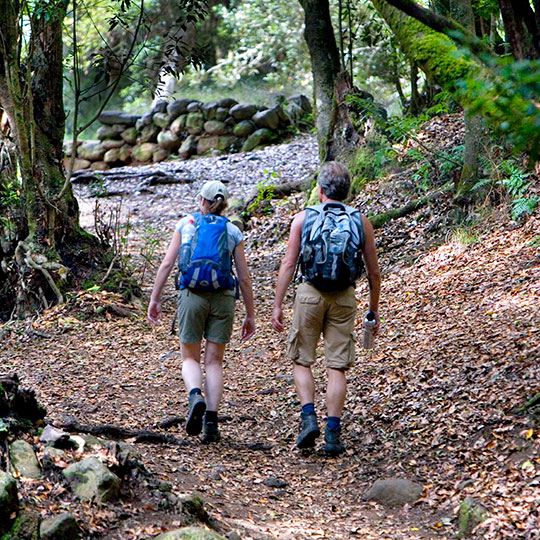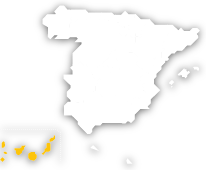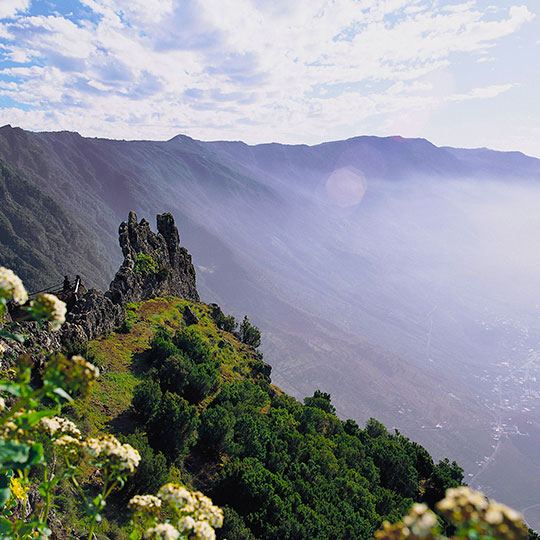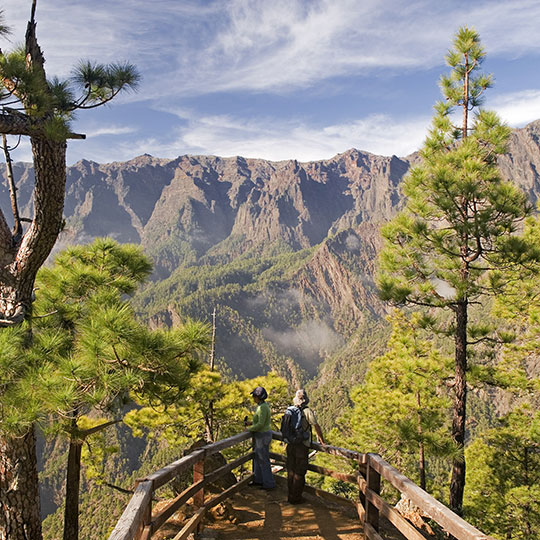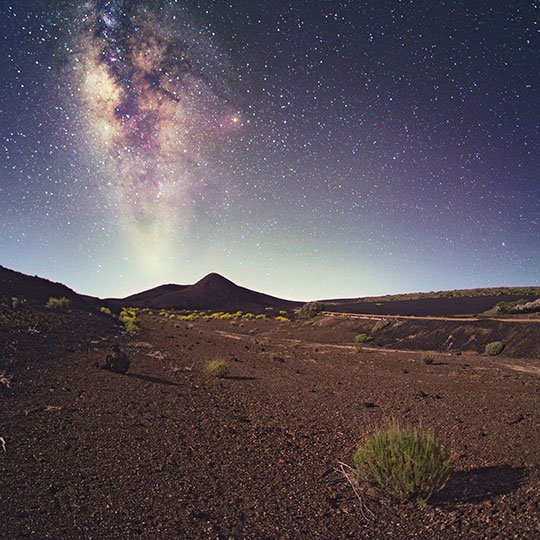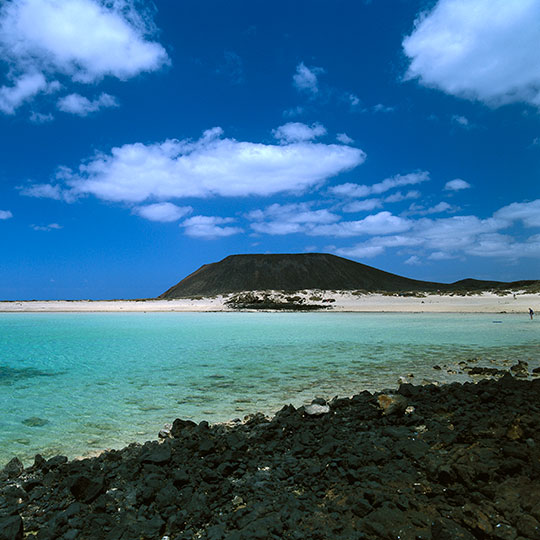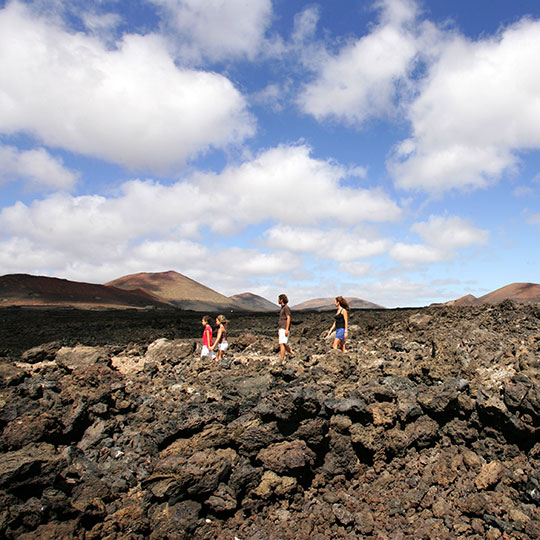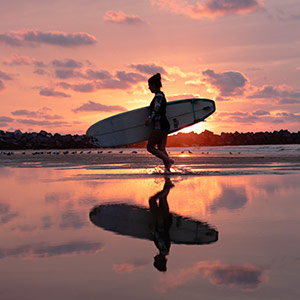Garajonay: a fantasy forest
Our first route is on the island of La Gomera. Explore Garajonay National Park, a very special place due to its laurel forest, with a combination of plant species which became extinct in the rest of the planet millions of years ago. Walking there is like travelling in time to the Tertiary Period. You’ll feel as if you were dreaming among these moss-covered trees and the phenomenon of horizontal rain (low clouds blowing through the forest so everything is dripping with moisture). Its name is due to a sad legend: the families of Gara and Jonay did not accept their love, so they decided to kill themselves by placing a double-ended spear between them as they embraced. The park organises its own guided tours, which you can book. If you prefer to create your own itinerary, there are 18 well-marked trails, the longest being 12.7 kilometres, which would take about six and a half hours to walk. You can get more detailed information at the visitor centre. And here is a map of the park, mobile apps and an audioguide.
